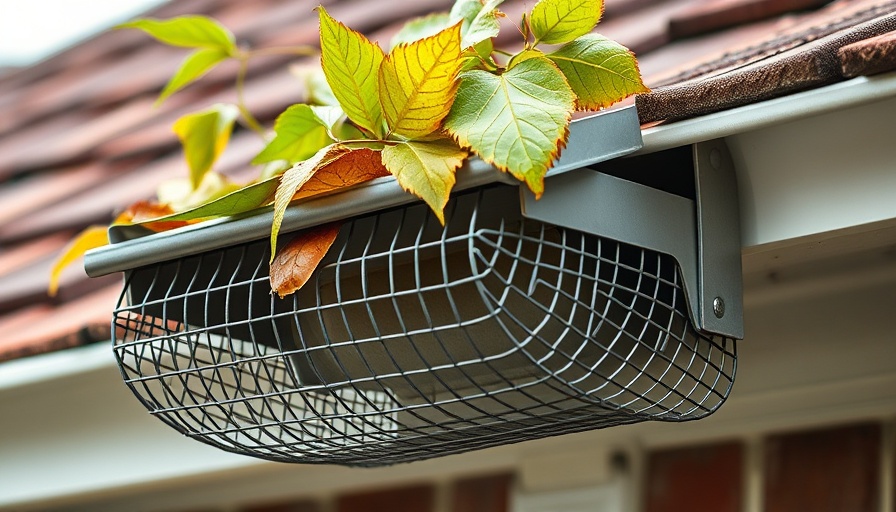
Understanding Flat Roof Insulation for Garage Spaces
Insulating a flat roof over a minimally heated garage is crucial for energy efficiency and protection against moisture. Proper insulation helps maintain a stable temperature, reducing heating costs and enhancing comfort levels. This consideration is vital, especially in climates that experience severe winter conditions, where poorly insulated areas can lead to significant heat loss.
Choosing the Right Insulation Material
The selection of insulation material is pivotal. Traditionally, materials like fiberglass and foam board have been popular choices due to their thermal resistance properties. However, advancements in insulation technology have introduced more effective options such as spray foam insulation. This material not only provides superior thermal resistance but also creates an air seal that minimizes air leaks.
Potential Challenges with Minimally Heated Garages
Minimally heated garages present unique challenges when it comes to insulation. The limited heating can lead to an environment where condensation occurs, especially in colder months. Ensuring that the insulation is moisture-resistant is essential to prevent mold growth and structural damage. Therefore, vapor barriers and careful installation of insulation should be prioritized.
Expert Recommendations for Effective Installation
Experts suggest that homeowners take a holistic approach when insulating their garages. This includes a thorough assessment of existing roof conditions and understanding local climate impacts. In addition, it’s important to engage with professional contractors who specialize in insulation installations to ensure that installations meet local building codes and standards for safety and performance.
Long-term Benefits of Adequate Insulation
Investing in quality insulation for your flat roof can lead to long-term benefits. Besides improving energy efficiency and comfort, proper insulation can add significant value to your property. Homeowners may also see an increase in property marketability, particularly for prospective buyers interested in energy-efficient homes.
Conclusion: The Value of Insulation
In summary, insulating a flat roof over a minimally heated garage is not just about temperature control; it's about protecting your investment and ensuring your home remains comfortable year-round. As insulation technology evolves, so too do the options for homeowners. Engaging with professionals and utilizing modern materials can pave the way for an energy-efficient and comfortable garage space.
 Add Row
Add Row  Add
Add 






Write A Comment